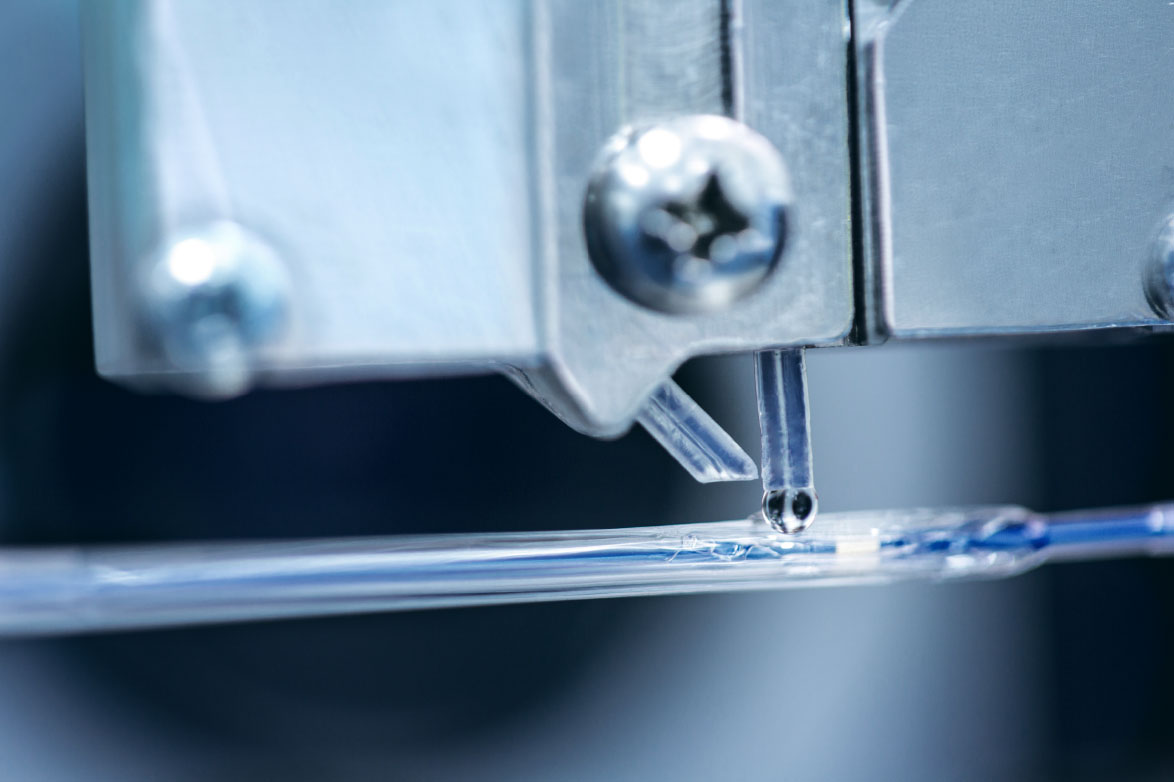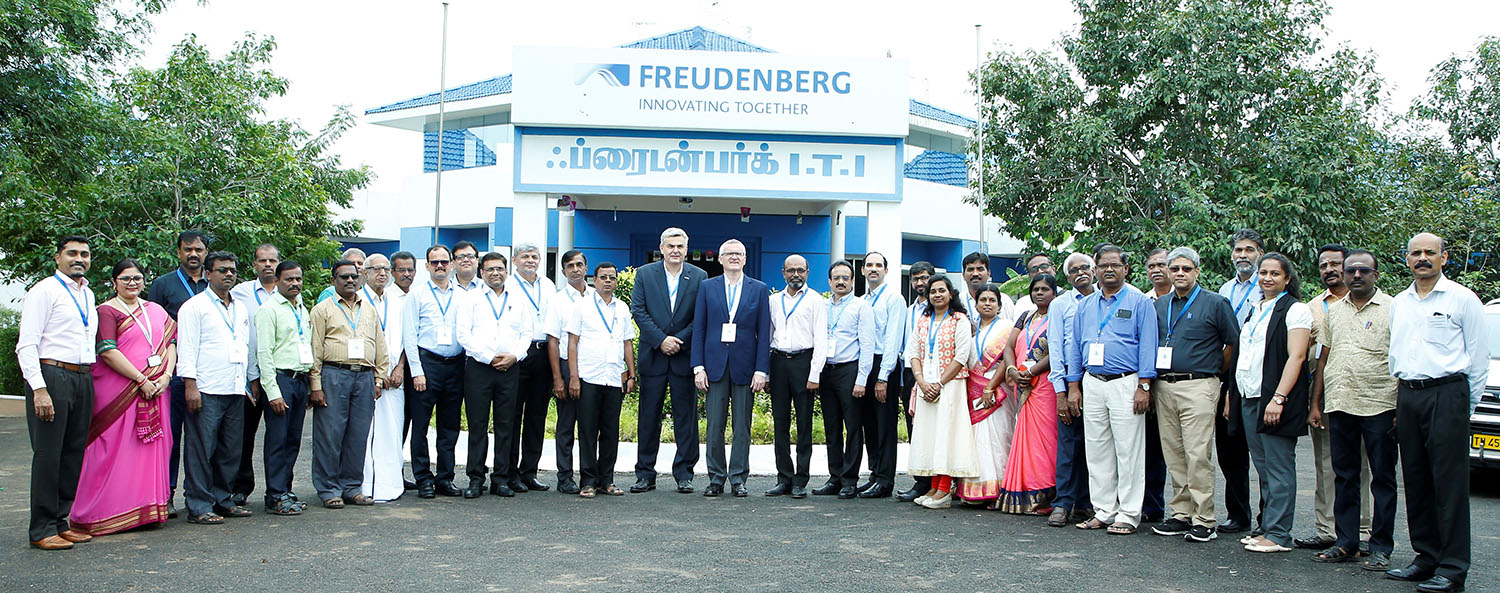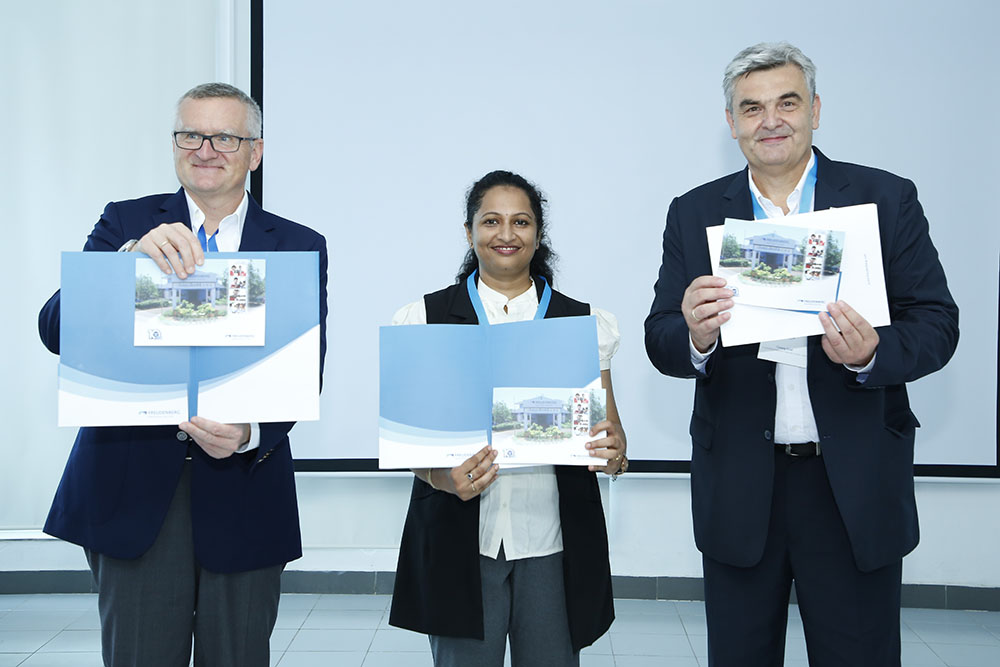Freudenberg Training Center in Nagapattinam
In it for the long-term
Offering more than just a quick fix, the concept behind the Freudenberg Training Center is to help people help themselves by giving them the skills to build a better future. Each year, some 120 students graduate from the center and go on to fill the urgent need for skilled workers in the region – thereby helping both themselves and the local economy. The Freudenberg Training Center’s 14 trainers teach their students to become mechanics, welders, machinists, fitters and electricians. The young people receive both theoretical and practical training in line with the German dual vocational education system for a period of one or two years based on the course one opts for. Facilities include four classrooms, four workshops, planning rooms and a canteen, spread out across a 57,000 square-meter site. The training program has been a huge success and has obtained approval from the National Council for Vocational Training which has strict standards and is widely recognized throughout India.
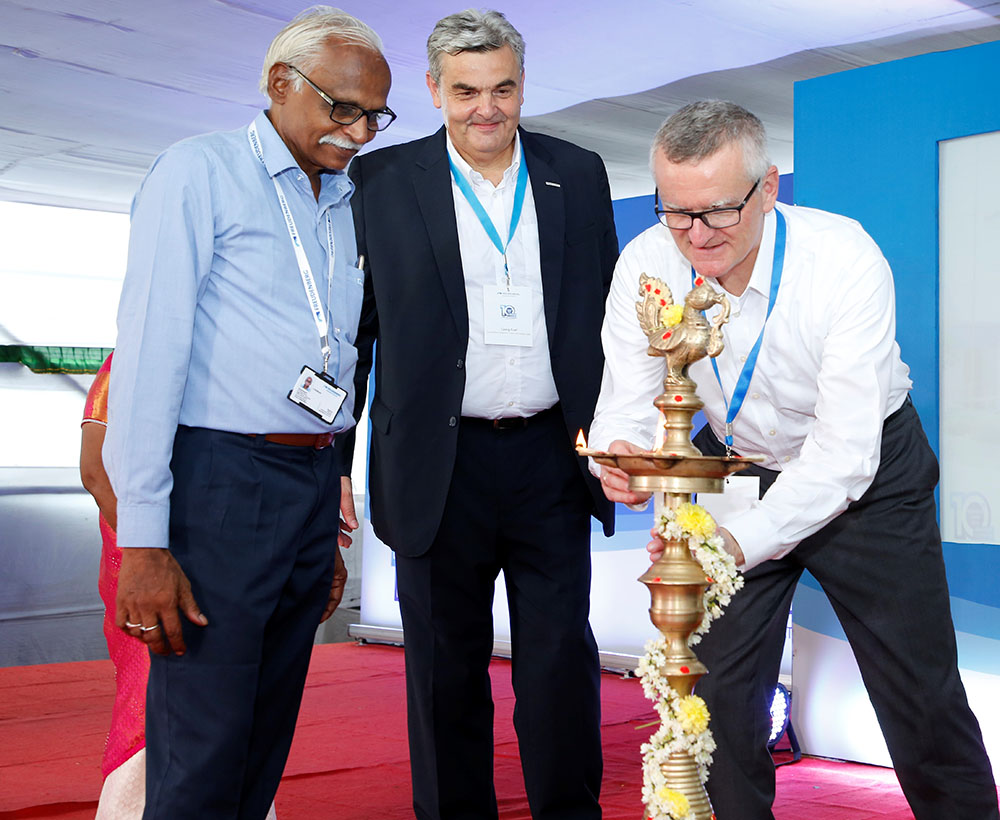
Commencement of Freudenberg Training Center’s 10th Anniversary celebrations with the ceremonial lamp lighting.
A celebration with many highlights
The 10-year anniversary was officially celebrated on October 24 with traditional Indian ceremonies, project work and sporting events. The celebration was attended by local politicians, students, teachers and Freudenberg employees. Also present was Dr. Tilman Krauch, Chief Technology Officer and Freudenberg Group Board of Management member, who called the training center “a beacon for the national ‘Make in India’ program, designed to support innovation, enhance skills development and build best-in-class manufacturing infrastructure in the country.”
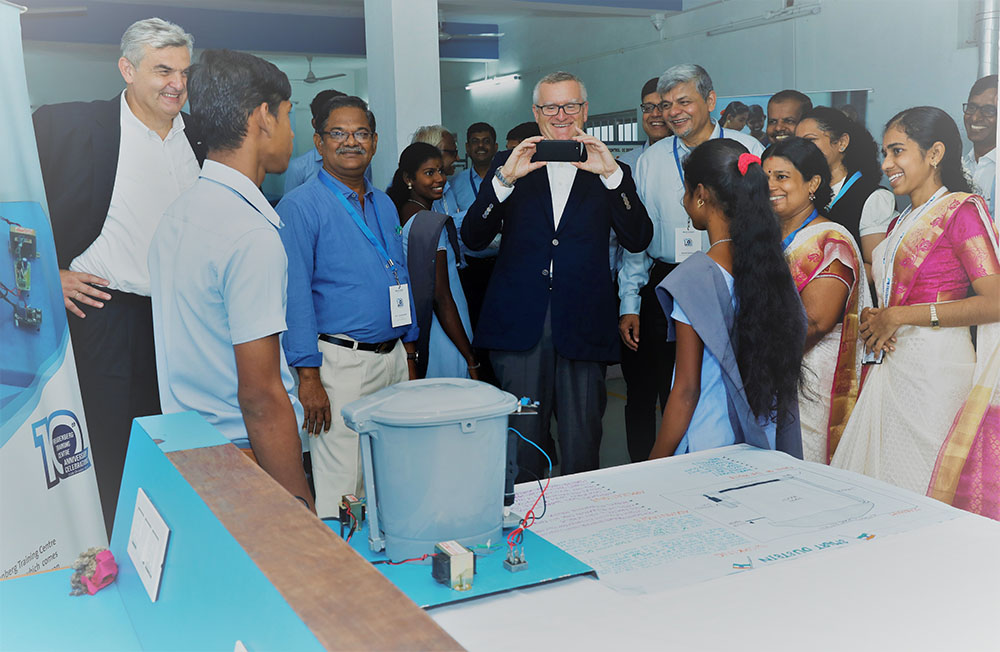
Freudenberg Training Center’s students enthusiastically showcasing their innovative projects for a better and greener future.
Skill development is an essential part of the drive to build on India's socio-economic infrastructure
Georg Graf, Regional Representative for the Freudenberg Group in India
Georg Graf, Regional Representative for the Freudenberg Group in India added: "Skill development is an essential part of the drive to build on India's socio-economic infrastructure. Closing the critical gap between manpower availability and employability is important to create long-term job opportunities."
In addition, the Freudenberg Training Center is increasingly taking on female trainees. Some 670 million women live in India. Only a quarter of them have a paid job. Equal opportunity is becoming ever more important. Around the world – Freudenberg stands for equal opportunity. As a values-based technology group, we work to create innovations that improve people's quality of life.
A brighter future for all
Over the course of the past 10 years, the Freudenberg Training Center has celebrated many successes, overcoming hurdles large and small. So far, more than 700 young people have been given a successful start to their professional lives. Most of them have been successfully placed in various well-known organizations in and around Chennai and many other cities. The automotive industry is happy to have trainees from Nagapattinam. Good prospects for the students currently being trained at the Freudenberg Training Center – for their future and those of the entire region.
